Star Ocean is a strange series with a strange history. 1995’s original Star Ocean did not reach the West for over a decade, but its 1998 sequel, Star Ocean: The Second Story, made it overseas just fine. People loved, and continue to love, that game. It felt like studio tri-Ace took the ‘everything but the kitchen sink’ approach to game design — here was a Japanese role-playing game with an outstanding degree of depth in its every core mechanic. It is a brilliant RPG, from its characters to its combat to its wealth of choices.
The franchise has had a decidedly checkered reputation since. Many, including myself, mostly adore the third one. Its late-game plot twist, however, has seemingly left a not-inconsiderable subset of the fandom with narrative-related trust issues ever since. The fourth entry marries an excellent battle system to one of the most disastrous casts of characters to grace the gaming medium, and when the fifth arrived six years ago, it was so mediocre that I feared Star Ocean would be put on ice indefinitely.
Like a phoenix rising from the ashes, a sixth Star Ocean was announced — subtitled The Divine Force — with what appeared to be a significant uptick in budget from its clearly cash-starved predecessor. Plenty of people deeply familiar with the saga of the Pangalactic Federation and other blatant Star Trek stand-ins dismissed The Divine Force outright. They had been burned too many times.
I get it. I do. But I dared to dream that this long-running space-meets-fantasy IP could bounce back, at least to a point. That it could offer more than a mere glimmer of what attracted so many of us to the twin destinies of The Second Story’s protagonists, Claude Kenny and Rena Lanford, a quarter of a century ago.
Star Ocean: The Divine Force more than surpassed my hopes. To be sure, my expectations were modest. A fun time swinging swords and slinging spells in action-packed skirmishes; an item creation system (a series hallmark) that is remotely compelling; and a soundtrack that’s unmistakably the work of Motoi Sakuraba. That’s all I wanted. Instead, I got a genuinely good video game.
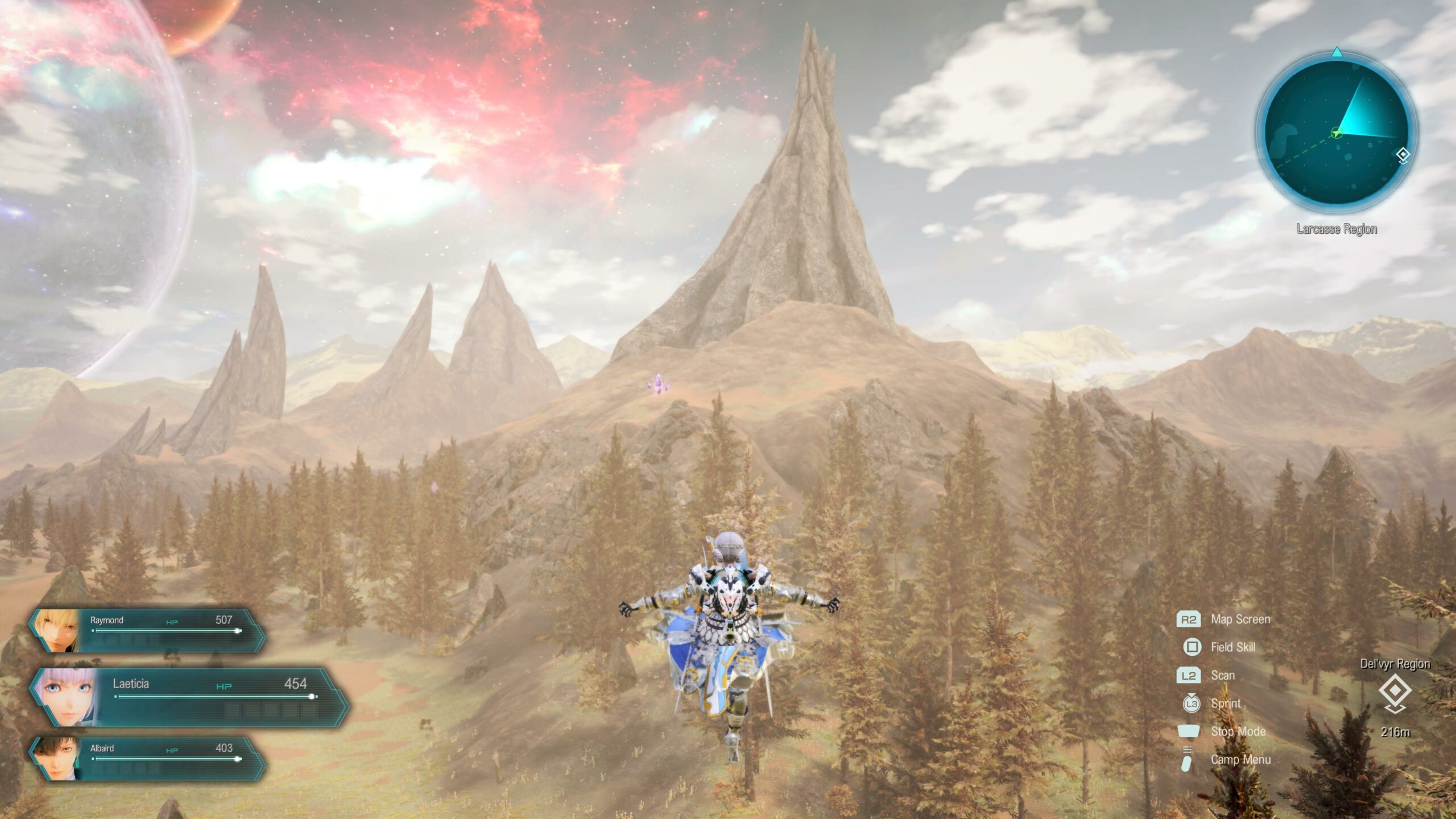
I’d made my peace with the notion that tri-Ace can no longer craft compelling casts, and heck, I can’t say I’ve ever felt like they’ve written award-winning dialogue to begin with. At best, as was the case with the early installments, we’d get a few memorably quirky characters, as well as a brooding dude so over-the-top we couldn’t help but crack a smile.
Imagine my surprise when, from the jump, merchant spacefarer Raymond Lawrence won me over. He’s far from conventional hero material — more of a far-future FedEx delivery driver, in truth. This is what keeps him refreshingly disinterested in maintaining the kind of non-interference laws with less advanced societies that has held back many prior Star Ocean leads. It also paves the way for a surprisingly compelling string of events that echo a few of Star Trek’s greatest ‘morality play’ episodes.
If you think two Star Trek references is too much in this review, trust me, there’s enough trek in this ocean for another dozen. I’m holding back.
Of course, to cite Raymond as the lead character would be a disservice to Laeticia Aucerius. In a nice nod to The Second Story, Star Ocean: The Divine Force allows players to choose whose perspective to follow between the pair. Whereas Raymond’s a total fish-out-of-the-water on Laeticia’s planet, Laeticia knows it well. She’s of royal blood, even. And while Ray’s early-game goals are simply to find his missing crew mates and get off this rock, Laeticia’s goals are more immediately complex.
No matter who you pick as the perspective-based protagonist, Ray and Lae meet up quickly, and spend the bulk of the game together (alongside a genre-customary ragtag band of friends, whose characterization quality is wildly uneven). But there are enough separate moments to justify another playthrough.
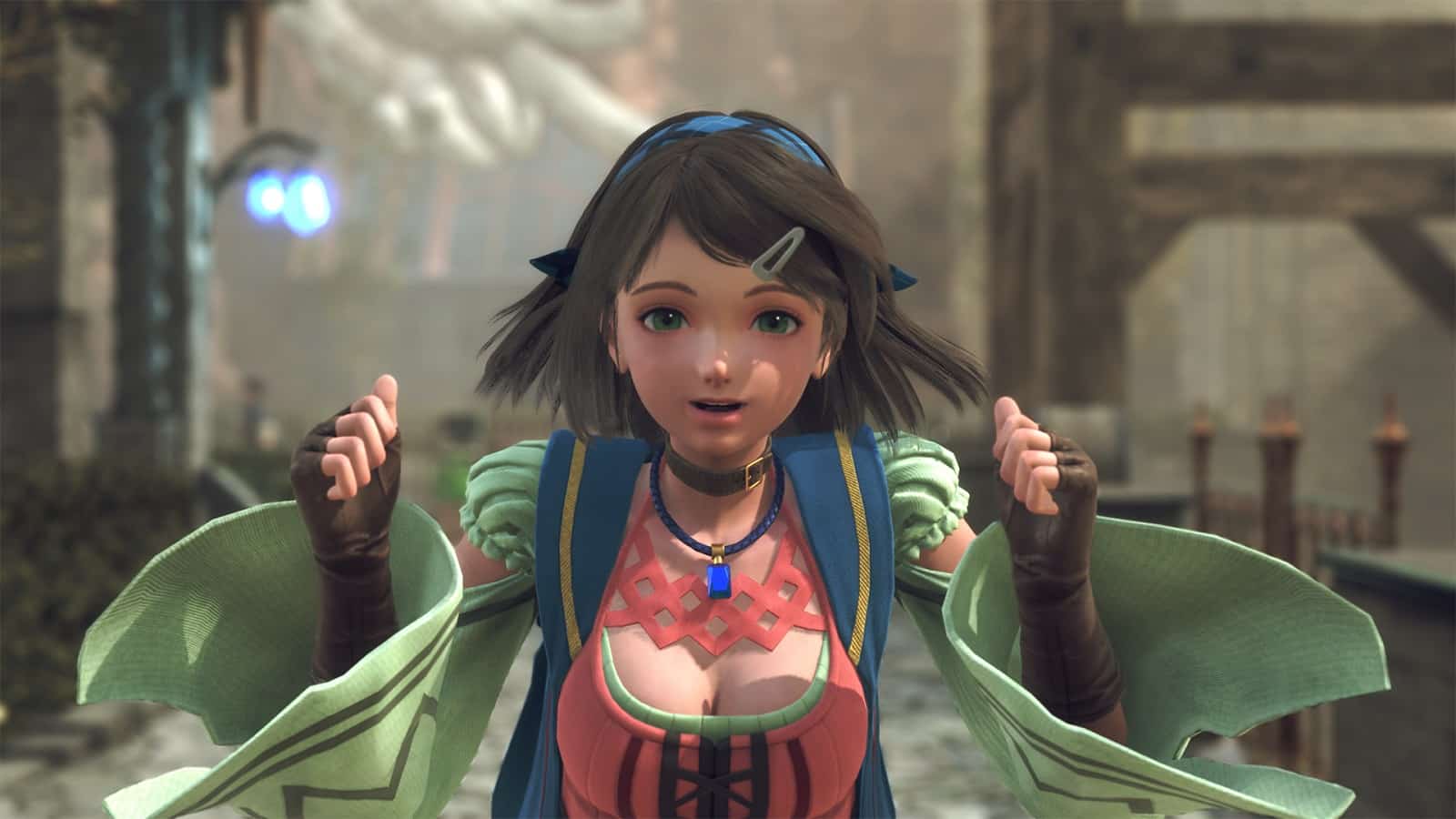
By the time The Divine Force’s plot is in full swing, there will be no shortage of well-worn cliches along for the ride, but for the most part they’re handled well. The planet Aster IV is a solid springboard for the introduction of more galactic-scale events, too, though in the tradition of (most) Star Ocean titles, don’t expect to take off from its medieval fantasy trappings until a good chunk of the way into the game.
Graphics are unbalanced across the board, as you’ve quite possibly heard through the grapevine by the time this piece is published. There are some frown-inducingly low-resolution textures, and they’re common enough to stick out like sore thumbs. Facial animation leaves something to be desired, and it isn’t doing them any favors that this is some of the worst lip-syncing jobs I’ve seen in years.
That said, when Star Ocean: The Divine Force sets out to shine, it shines. The skies of Aster IV are gorgeous, with multicolored nebulae tracing lines like brushstrokes upon a canvas even by day. It’s a nonstop reminder that this isn’t the proverbial Kansas, but an alien world filled with its own wonder.
Good art design covers a fair number of visual wrinkles, too. I suspect that, ten years down the line, The Divine Force’s main settlements will be remembered fondly. From seaports and mountain towns to thriving capitals among the stars, these are nicely well-realized places. There aren’t as many buildings for players to actually enter and explore as there were in the first through third entries, but that’s been an issue for most RPGs these days. It’s worth mentioning, and factoring into my thoughts as I type this out, but I doubt it will surprise anyone.
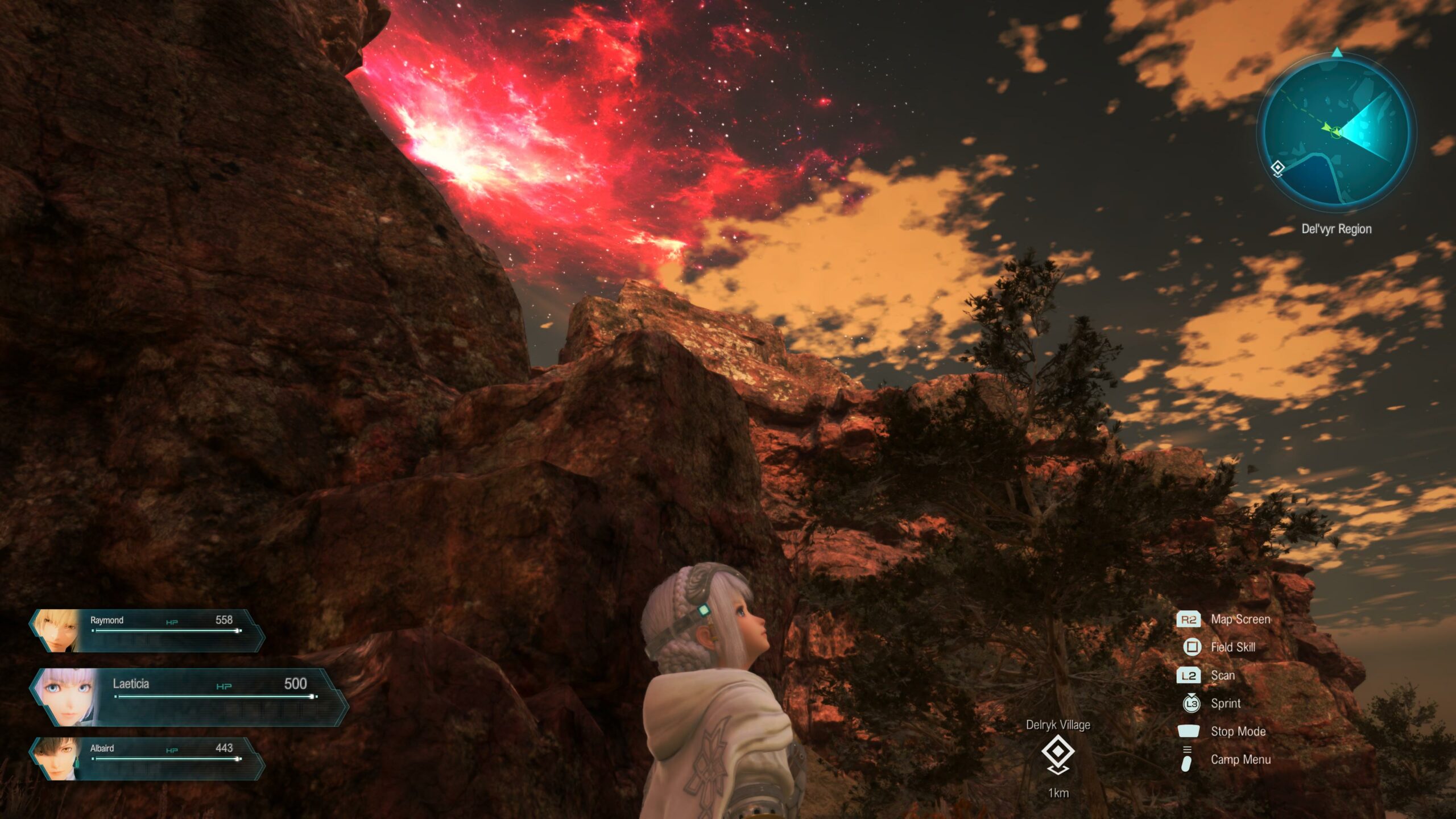
Cities may be limited to shops, inns, and a mere handful of interactive structures each, but they’re also hubs that attract Es’owa aficionados. Es’owa is a board game played against a ton of NPCs who all happen to have their own decks of ‘pawns’ — metallic miniatures of famous who’s-whos throughout the Star Ocean and Valkyrie Profile franchises.
Needless to say, there’s no explanation to be found for why a bunch of folks who are unaware of intelligent life beyond their own planet are collecting figurines of people like Fayt Leingod and friends, but then again, there wasn’t a single Triple Triad guru in Final Fantasy VIII who ever stopped to wonder why the most powerful cards were based on a group of teenage mercenaries.
Es’owa is pretty fun. The rules will sound complex at first blush, but it’s easy to get the hang of with just a couple of matches. Pawns have set amounts of attack power, as well as abilities that make their when and where to place them a tactical affair. Your goal is to reduce your rival’s HP to zero before they do the same to you. If I have one complaint, it’s that the vast majority of Es’owa devotees are pretty easy to pummel into the ground. I only ever lost one match, and I have colleagues with spotless records.
The real beauty of Es’owa belongs to the pawns themselves. In addition to being used to form your active deck, every pawn can be equipped as an accessory, and the rarer sorts provide stat boosts and such that went well beyond what I thought to find. It also makes collecting them well worth the effort, and there are plenty of good ones to discover while traveling for those who would prefer not to engage with the mini-game at all.
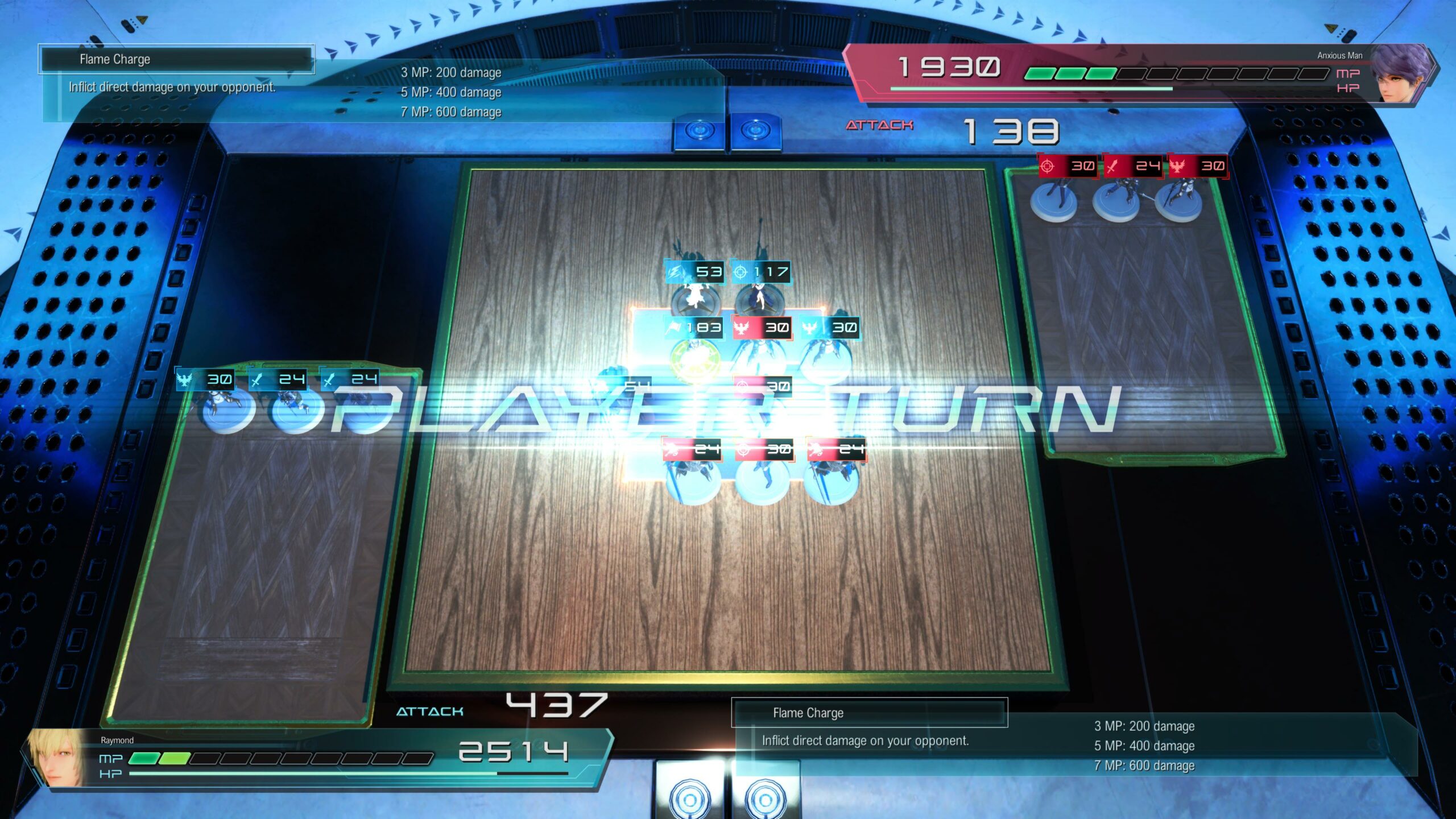
Item creation is split into seven categories: Compounding; Smithery; Authorship; Crafting; Engineering; Alchemy; and Synthesis. The talent mechanic returns, giving specific characters innate bonuses toward particular types whilst building fresh talents over time. The system is suitably complex, if not quite as varied in potential outcomes as we’ve seen in the past.
And yes, there are glorious ways to completely break the game’s difficulty if you know precisely what you’re doing here. Want to increase a weapon’s power tenfold before the journey’s halfway point? You can. But you’re going to be committing a lot of time to the effort, to say nothing of internet guide research. It’s more than enough effort for most players to gladly move on at a normal clip, saving The Divine Force’s more extreme angles for its post game content instead.
There’s a robot pal who serves an impressive triple role in Star Ocean: The Divine Force. D.U.M.A. acts as the eventual catalyst for story shenanigans, but when it’s introduced within the first moments of the game, you’ll find that it forms the basis for a plethora of aspects within the battle system. Your chosen party member will grab on to D.U.M.A. to launch themselves forward, swerve at perfect intervals to blindside opponents, and more.
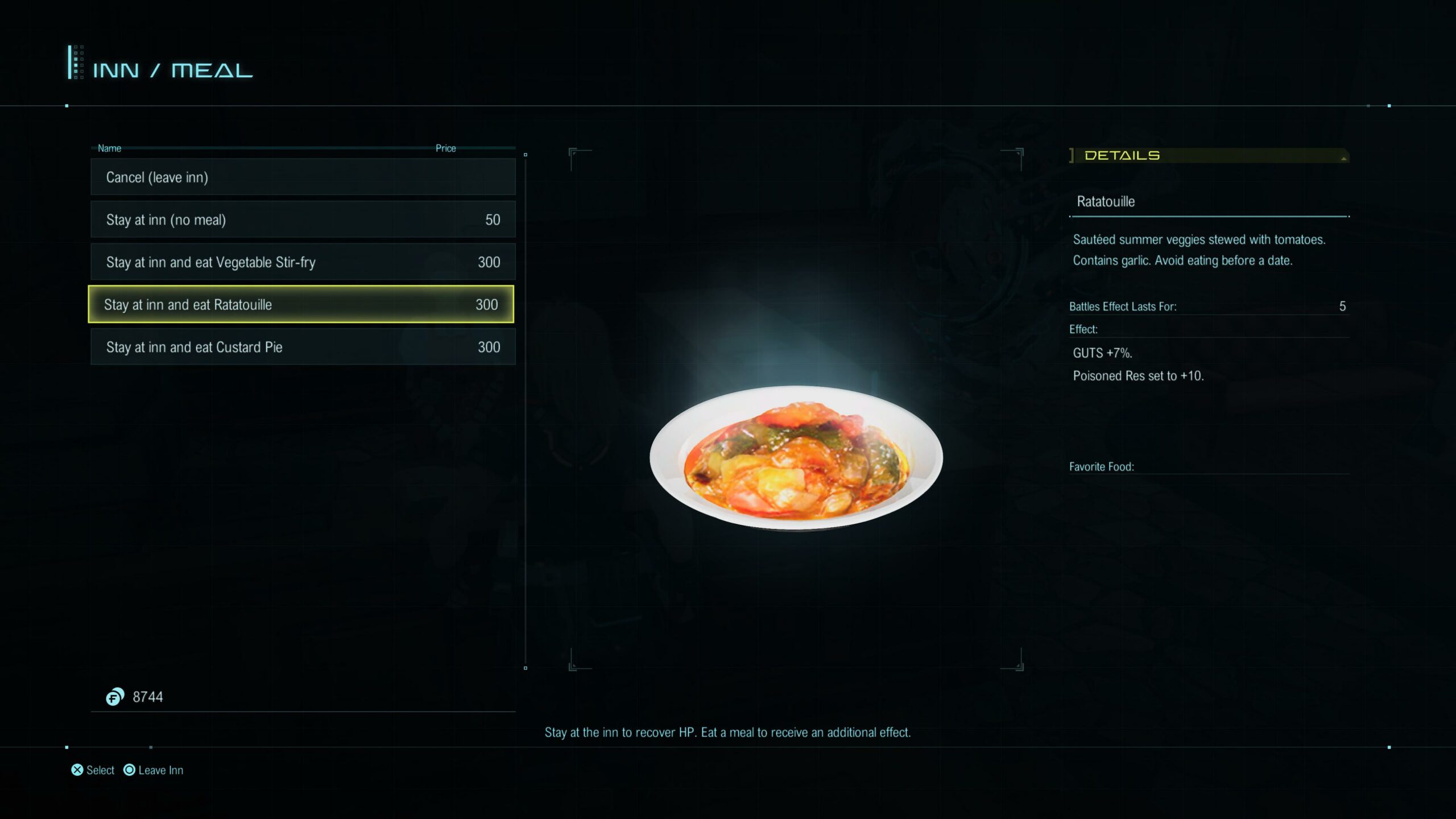
If that wasn’t enough, you can soar across the overworld at a rapid clip with it, which leads to one of The Divine Force’s odder bits: scattered throughout towns and landscapes are thousands of purple gems to collect with D.U.M.A.’s assistance that, when used, will boost its own capabilities both in combat and as a scout for locating treasure.
If you haven’t caught on by now, I quite enjoy Star Ocean: The Divine Force, and it’s a pretty easy recommendation. That said, I would be remiss not to mention its down sides. This is one of the buggiest JRPGs I’ve touched in a long time. I’ve gotten stuck between obstacles on several occasions, I experienced a pair of hard crashes, and at one point the audio desynced so badly that it caused my characters to host entirely separate conversations, each of them seemingly talking to themselves in tandem. Devil’s advocate here, but at least it was funny.
There is an overarching sense in virtually every fashion that Star Ocean: The Divine Force could have used more time in the oven. It’s hard to shake the sense that the package is less polished than the studio would have preferred. Fighting feels a tad less fluid than it ought to be. Voice direction sometimes bungles its respectably talented cast’s efforts by stitching together recordings in which the party will pronounce their peers’ names in different ways. (Notably, Ray can’t seem to decide whether Laeticia’s name has a soft ‘c’, or the ‘cia’ becomes a ‘sh’ sound.) It’s distracting.
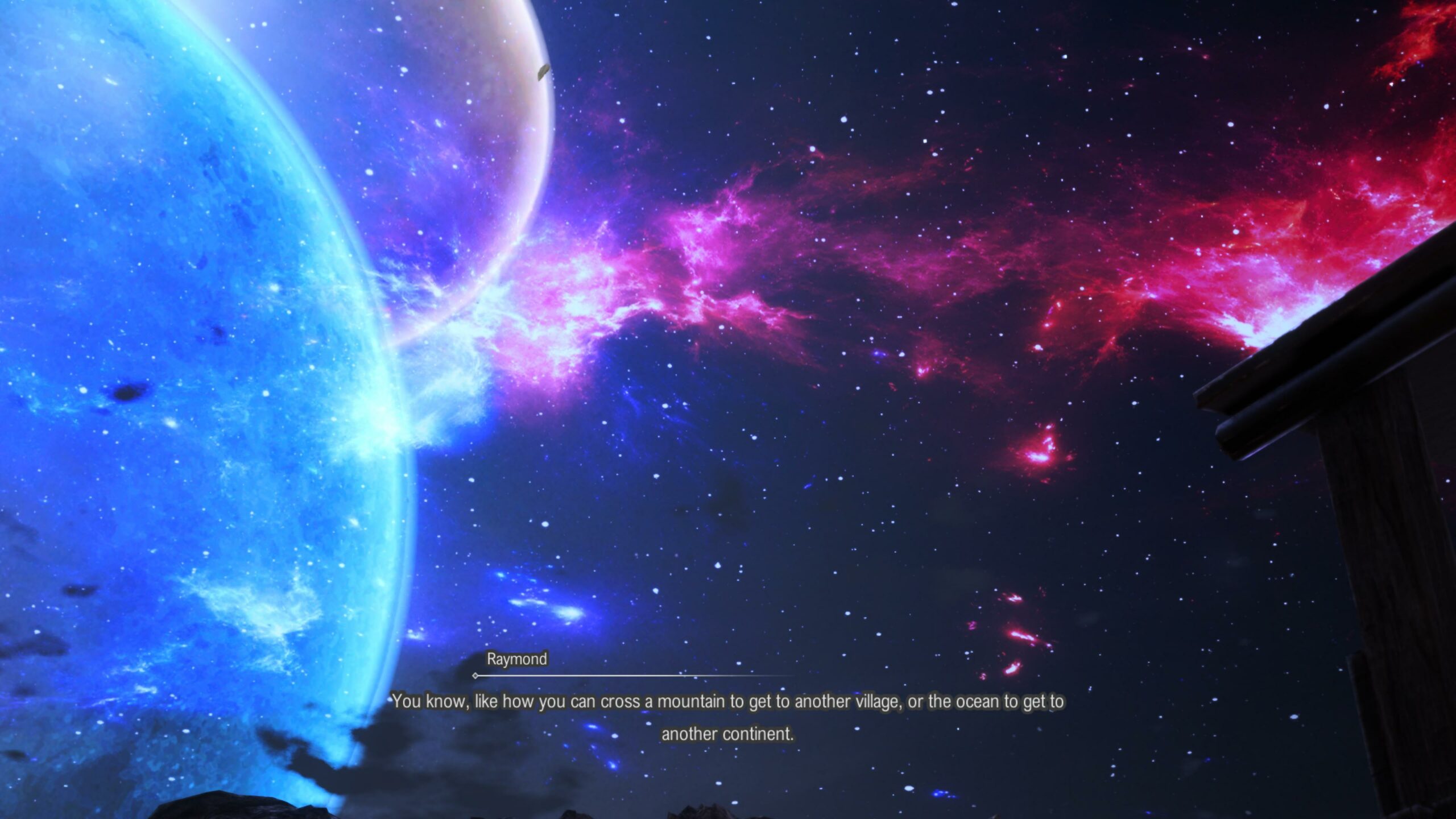
One of the first things I tell new players is to enable the game’s chat log, because it is oftentimes impossible to discern what townsfolk are saying to each other without it. Their lines are so low, there’s just no way this was intentional. There are also plenty of repeat NPCs, especially in the early going. You’ll hear the same small conversations from people who are, allegedly at least, entirely unrelated. (Take a drink every time someone’s either scolded for not working or complains about their back.)
This has gotten a lot longer than I had intended. I guess everything about this game has surprised me, including how much I’d have to say about it. I haven’t even told you about the bunnies, have I? You can catch little bunnies, and show them to a big bunny for rewards. I unironically know at least three people who might buy the game because I said that.
It’s no secret that tri-Ace is in dire financial straits lately, and I’m worried Star Ocean: The Divine Force won’t move the capitalist needle enough to save them. The popularity of this once-beloved series has diminished greatly, leaving only the most hardcore fans to express enthusiasm before launch. If I’m not the only one who digs this game, then perhaps word-of-mouth will lead to sustained sales and a brighter future for this company. Or maybe Star Ocean: The Divine Force will come and go with a whimper, buried beneath the release of so many fellow RPGs this season.
If this is it for Square Enix’s anime space opera saga, at least it bows out with an almost-galactic bang. This latest chapter might not rival the best games in its series, but it feels so good to be able to say, after all these middling years, that Star Ocean has well and truly returned.
And as Claude Kenny would say, “that’s somewhere around eighty points.”
Disclaimer: PlayStation 5 review code provided by the publisher Square Enix.
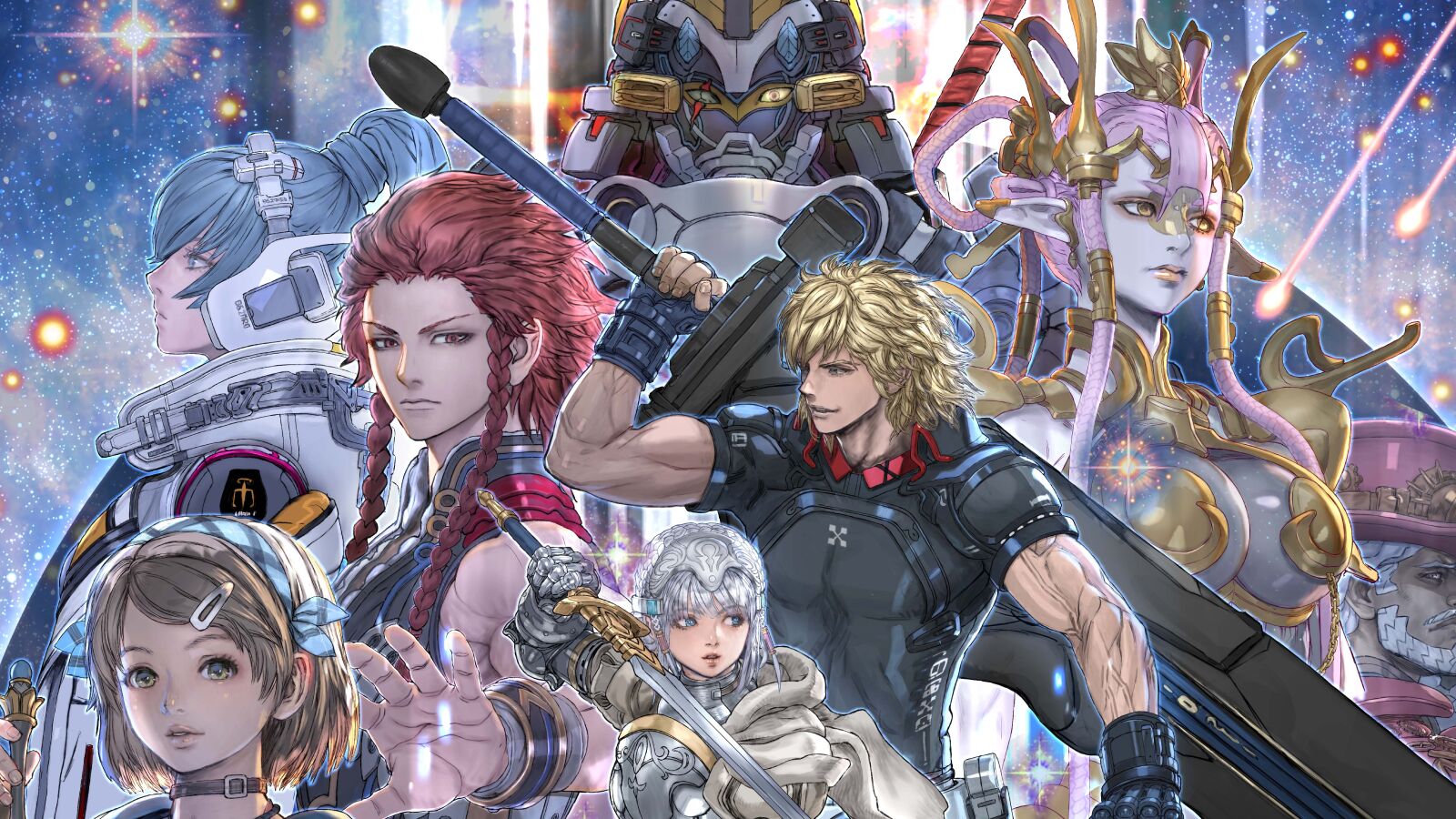
Recent Comments